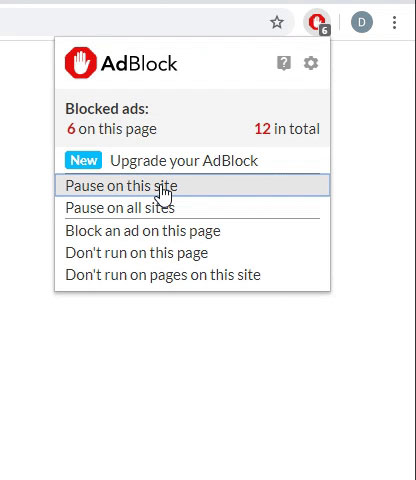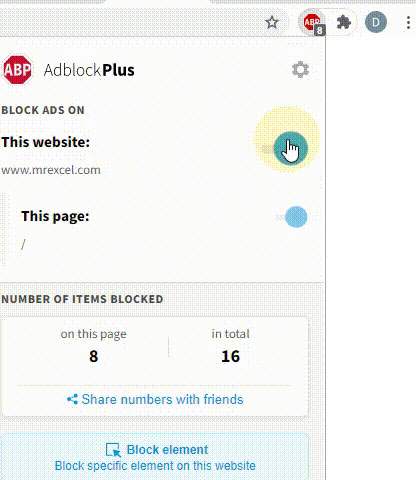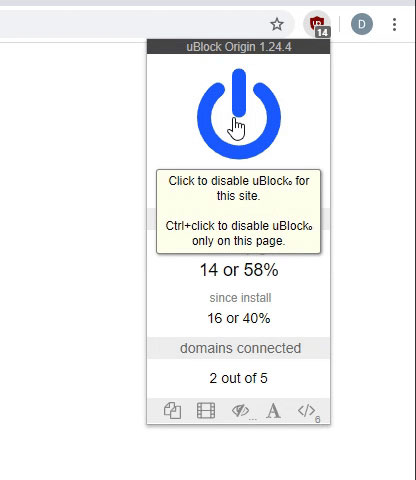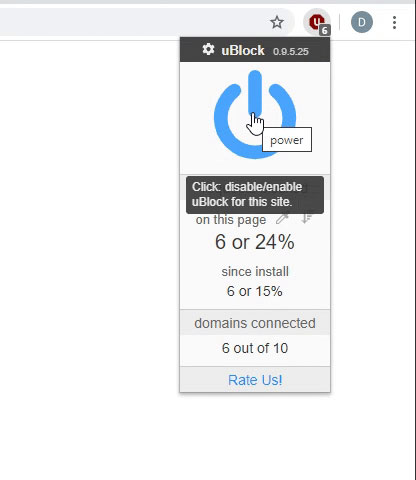Hello All,
I'm trying to calculate the principal payments for a loan based on the interest-only period. My debt schedule is in years, but I want to take in an interest-only period in months.
Conditions:
- If the current year is less than the I/O period, then the principal should equal 0
- If the I/O period falls between the beginning and end of the current year, then the principal should equal a prorated amount based on the number of months owed
- If the current year is greater than the I/O period AND the I/O does not fall between the beginning and end of the current year, then the full annual principal amount is due
For example, if the current year is year 2 (24 months) and the I/O period is 18 months, then the total principal due is only 6 months (24-18 months). However, in year 3, the full annual principal is due. So, I need a way to account for all three conditions.
I'm trying to calculate the principal payments for a loan based on the interest-only period. My debt schedule is in years, but I want to take in an interest-only period in months.
Conditions:
- If the current year is less than the I/O period, then the principal should equal 0
- If the I/O period falls between the beginning and end of the current year, then the principal should equal a prorated amount based on the number of months owed
- If the current year is greater than the I/O period AND the I/O does not fall between the beginning and end of the current year, then the full annual principal amount is due
For example, if the current year is year 2 (24 months) and the I/O period is 18 months, then the total principal due is only 6 months (24-18 months). However, in year 3, the full annual principal is due. So, I need a way to account for all three conditions.






